15 Famous Writers Who Were Obsessed With Cats
Cats have been curling up in the laps of great literary minds for centuries. They have offered companionship during long writing sessions and have inspired memorable characters or even entire books. Here are authors who have made their cats part of their creative lives in memorable ways.
Patricia Highsmith
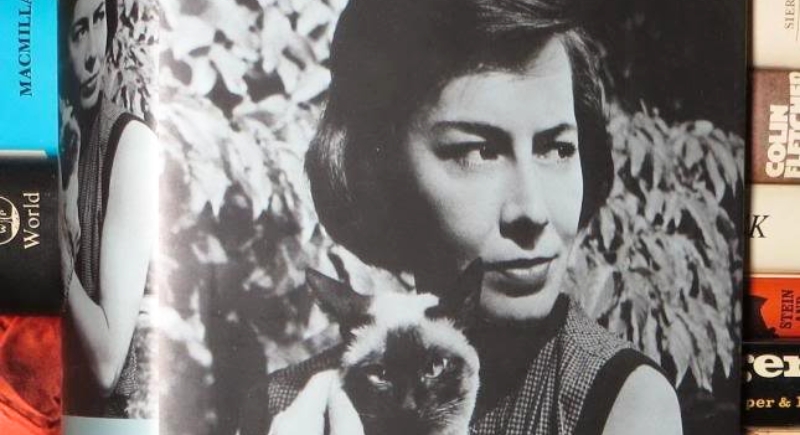
Credit: Amazon
Patricia Highsmith, author of The Talented Mr. Ripley, lived much of her life surrounded by cats. They stayed with her at the desk where she wrote and often slept nearby. Her Siamese, Semyon, was known for chasing his tail, while another cat, Spider, eventually went to live with novelist Muriel Spark. Highsmith admitted she needed cats for her “psychological balance.”
Mark Twain
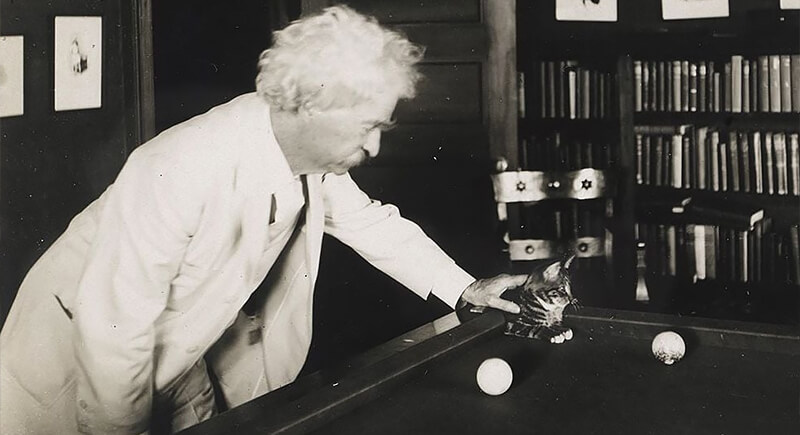
Credit: smithsonianmag
Few writers wore their cat obsession as proudly as Mark Twain. At one point, he kept over 19 cats. When his black cat Bambino vanished, Twain placed a newspaper ad offering a $5 reward. Strangers arrived at his home with random cats just to meet the famous author.
Charles Dickens
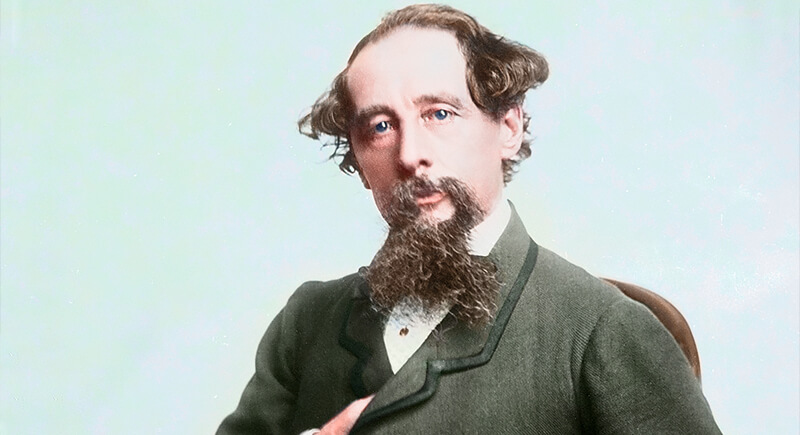
Credit: Wikimedia Commons
One of Dickens’ cats reportedly snuffed out his desk candle to demand attention. When his favorite, Bob, passed in 1862, he memorialized him by having Bob’s paw mounted on an ivory letter opener engraved with “C.D. In Memory of Bob.” The item now resides in the New York Public Library’s collection.
Ernest Hemingway
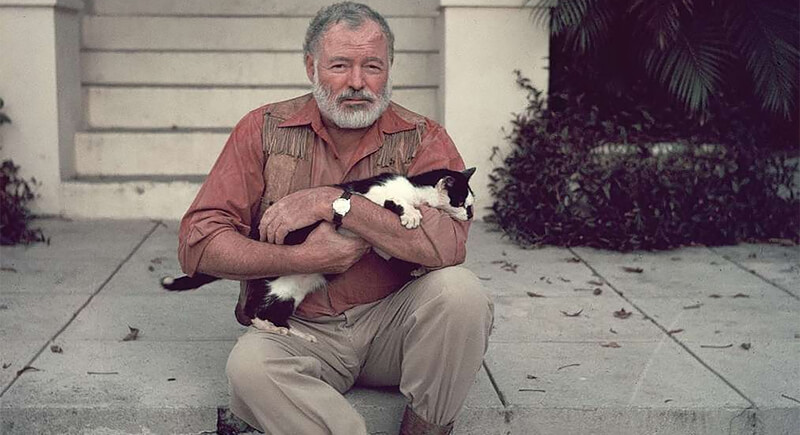
Credit: picryl
Hemingway’s love affair with cats began in Cuba, but his most famous companion was Snowball, a six-toed gift from a ship’s captain. After moving to Key West in 1931, Snowball’s descendants multiplied on the property. Today, 40–50 polydactyl “Hemingway cats” still roam the Ernest Hemingway Home and Museum.
T.S. Eliot

Credit: Wikimedia Commons
T.S. Eliot’s lighter side emerged in Old Possum’s Book of Practical Cats, a whimsical collection of poems about feline personalities. Characters like Old Deuteronomy and the Rum Tum Tugger eventually became the backbone of Andrew Lloyd Webber’s hit musical Cats. Later editions of Eliot’s book featured illustrations by Edward Gorey.
Jorge Luis Borges
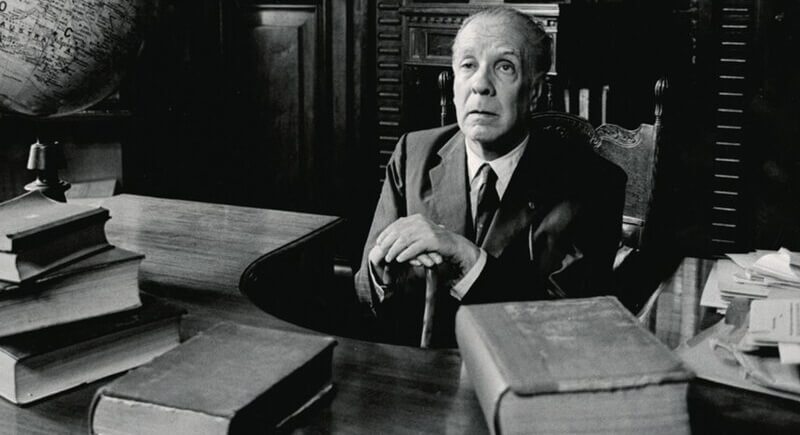
Credit: Wikimedia Commons
Borges often wrote about his cats, including Beppo, a large white feline named after a Lord Byron character. In his poem To a Cat, he explored the quiet majesty of the animal with language as intricate as his short stories.
Raymond Chandler
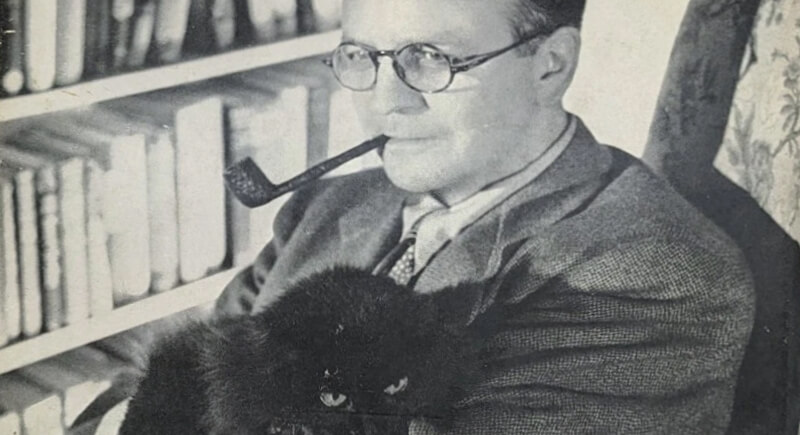
Credit: ebay
The creator of detective Philip Marlowe found daily amusement in his cat, Taki. Chandler wrote to a friend that Taki had become “positively tyrannical,” demanding to be lifted on and off a table and insisting on warm milk each evening. Still, his letters suggest he wouldn’t have had her any other way.
Ursula K. Le Guin
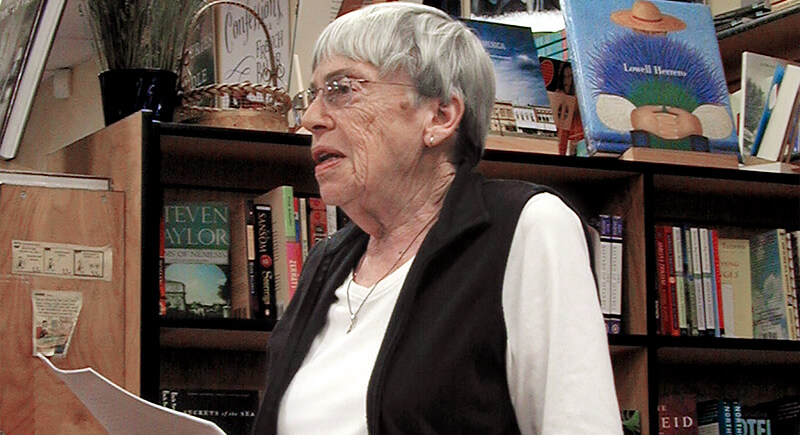
Credit: Wikimedia Commons
Le Guin’s cats were part of her creative routine. Her tabby Bonzo was known for walking across her face to wake her, while Pardner, nicknamed Pard, often sat beside her computer. If her writing grew intense, Pard would sit on the mouse and purr until she calmed down.
Gillian Flynn

Credit: Instagram
Gone Girl author Gillian Flynn has owned several black cats since childhood and swears they’re the most affectionate and laid-back. Her current cat, Roy, acts more like a dog—greeting visitors at the door and claiming her lap the moment she sits down.
Angela Carter
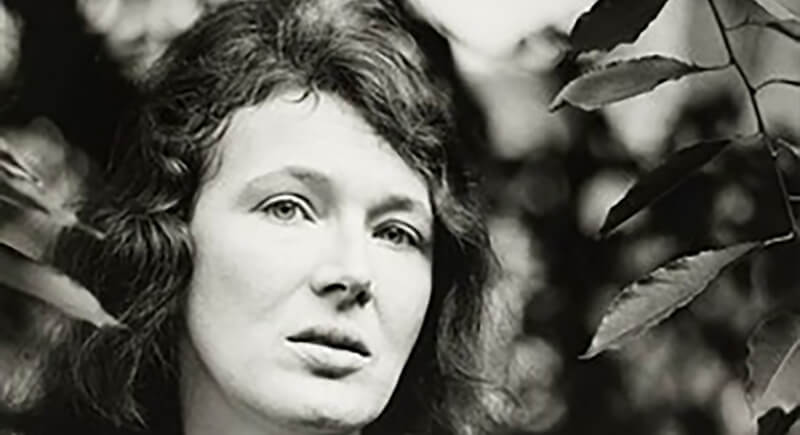
Credit: Wikipedia
Angela Carter’s fiction brimmed with cats, from her bawdy take on Puss in Boots to children’s books starring feline heroes. In real life, she shared her home with several cats and even birds, which she allowed to fly freely indoors while her cats watched from outside.
William S. Burroughs
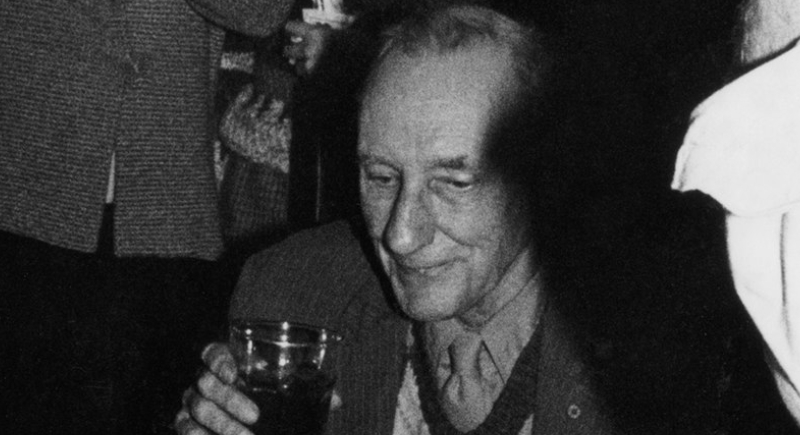
Credit: Wikimedia Commons
Burroughs’s gritty, avant-garde work hid a tender devotion to cats. He wrote The Cat Inside, a novella chronicling the animals he’d loved over the years. His final journal entry in 1997 declared the “pure love” he felt for his cats as the most natural painkiller he’d ever known.
Louisa May Alcott
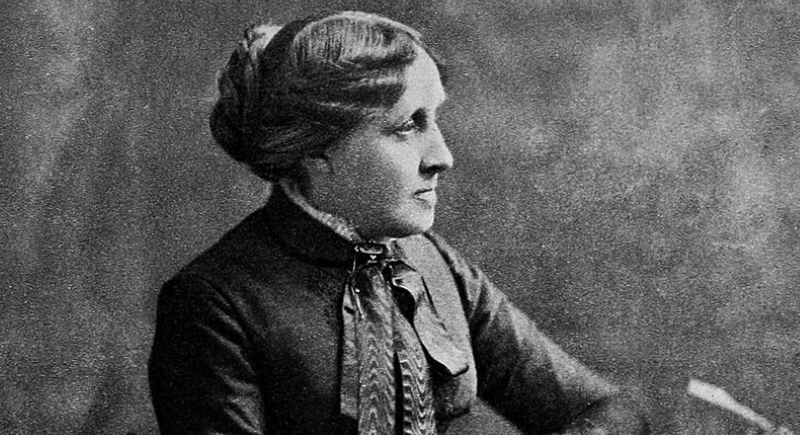
Credit: Wikimedia Commons
The Little Women author playfully listed “a love of cats” among her vices. In the novel, the March sisters share a pet cat, and Alcott even wrote a poem for it. “We mourn the loss of our little pet,” a clear evidence that her affection for animals carried into her storytelling.
Julio Cortázar

Credit: Wikimedia Commons
Cortázar’s cat, Theodor W. Adorno, was as distinctive as his experimental fiction. The Argentine novelist saw in cats a kinship—creatures that didn’t quite “adjust” to their age or surroundings. In Around the Day in Eighty Worlds, he described them as fellow travelers through life.
Neil Gaiman
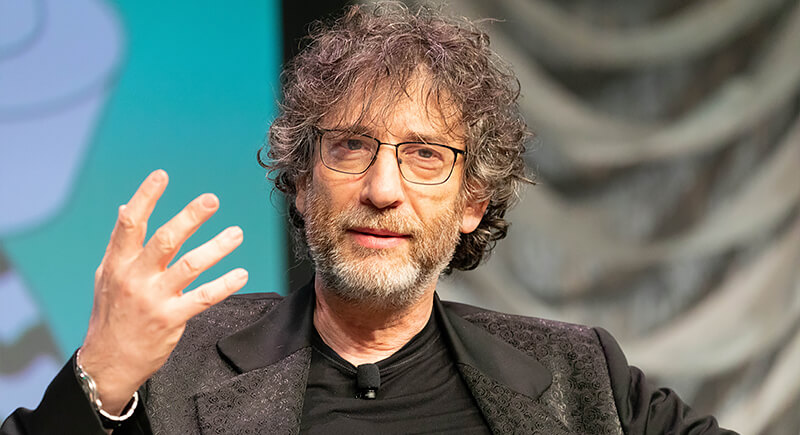
Credit: Wikimedia Commons
Neil Gaiman’s blog once chronicled the antics of his cats Hermione, Pod, Zoe, Princess, and Coconut. Though his posts have slowed, the affection remains obvious. Gaiman has even woven cats into his fiction, like The Graveyard Book, where they appear as a separate “kind” of people.
William Butler Yeats
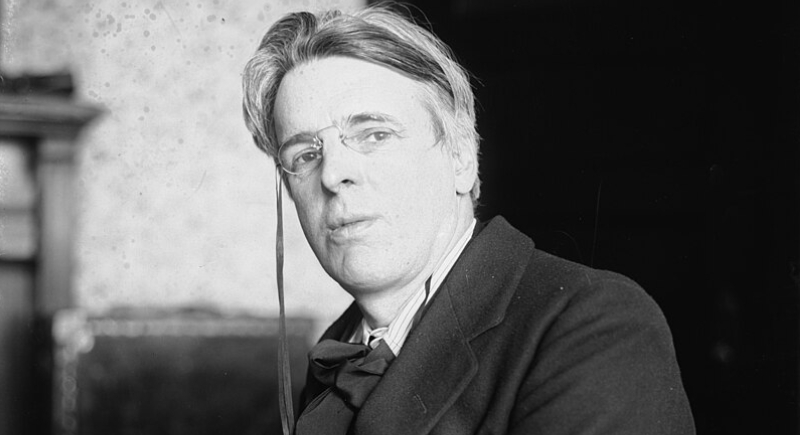
Credit: Wikimedia Commons
Yeats immortalized his muse Maude Gonne’s cat Minnaloushe in the poem The Cat and the Moon. In it, the cat stares at the shifting moon, reflecting Yeats’s own longing for Gonne, who never returned his romantic interest despite multiple proposals. The feline became a poetic stand-in for the poet himself.